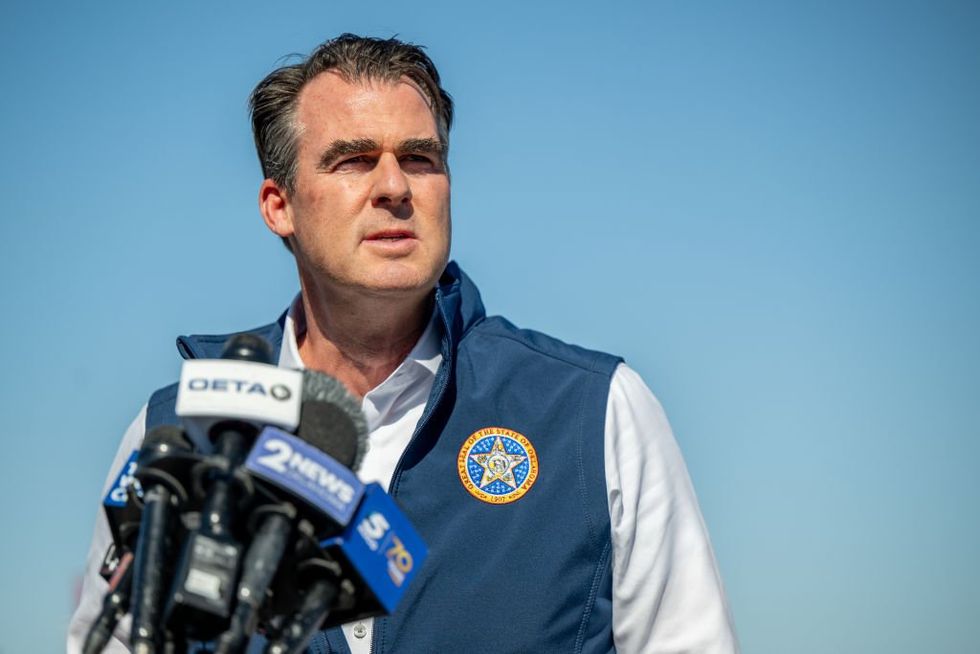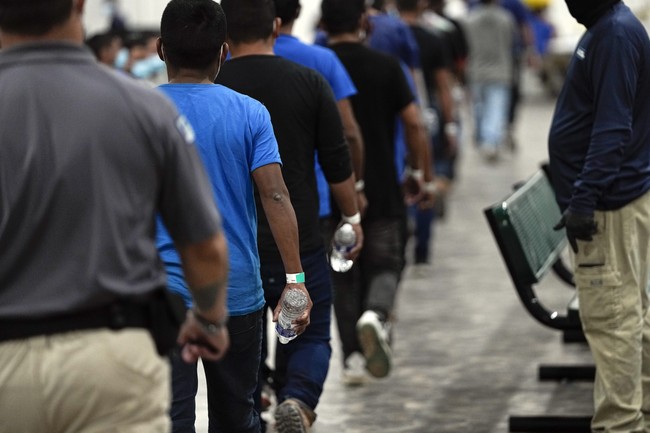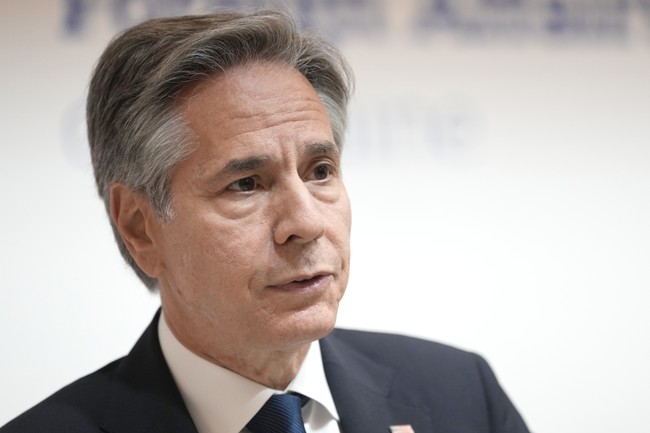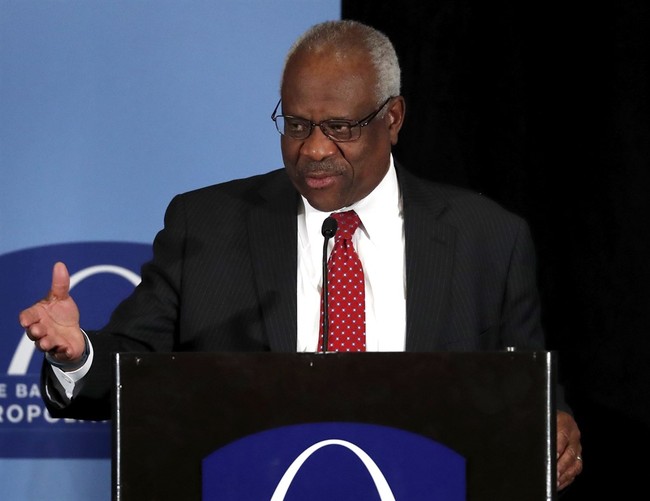
www.newsbusters.org
Maher Embarrasses Hostin With the FACTS of Hamas’s Hatred for Jews
Comedian Bill Maher completely embarrassed the staunchly racist and anti-Semitic co-host of ABC’s The View, Sunny Hostin (the descendant of slave owners) on Tuesday with the facts of Hamas’s anti-Semitism while they spared over the Israel-Hamas War. Hostin repeatedly questioned if Maher cared about civilian lives, to which he left the audience stunned when he said the solution was to “stop attacking Israel.”
Venting his frustrations with many on the progressive left, Maher lamented: “It's just astounding to me that they can't tell the good guys from the bad guys. I mean, just morally.”
He told them to “just live in [pre-war] Gaza for a day” and that Hamas would not tolerate their liberal values. “Trust me, you would go running and screaming and begging to live in Tel Aviv, a place that has your values,” he implored them.
Maher called out people like Hostin who ridiculously claimed Israel was an “apartheid” state by noting the “gender apartheid” in Gaza “and a lot of majority Muslim countries around the world.” He even got support from co-hosts Joy Behar and Alyssa Farah Griffin on that point.
Hostin then chimed in to spew the debunked statistic that most of the people killed in the war were innocent women and children. She tried to grill Maher with that false stat and the actions of hypocritical international organizations who target Israel, and Maher told her off:
HOSTIN: Are you at all concerned about the innocent civilians that have been collectively punished and murdered, largely children and women?
MAHER: Of course.
HOSTIN: And are you at all concerned about the fact that the International Criminal Court just today issued a subpoena for Bibi Netanyahu.
MAHER: Well, that's ridiculous, but it's a war.
HOSTIN: Why?
MAHER: Because it's a war and they were attacked and they're defending themselves.
“So, Hamas needs to be destroyed because they are a terrorist organization who say openly that they want to commit genocide on the Jewish people, on the state of Israel. That's what ‘from the river to the sea’ means,” he explained to her.
The history lesson continued with the comedian recalling that Hamas had “started five wars since they were given that land back. They could have chosen to turn that place into any place they wanted to and they took a lot of money that they took from the international community and they spent it on bombs and guns and building tunnels.”
Hostin was embarrassed and backed into a corner, so she defaulted to asking again if her guest was “concerned for the innocent lives?” Of course, the implication was that his impassioned defense of Israel meant he wasn’t.
“Of course, everybody is,” he exclaimed. “But that's what happens in a war. Here's a way to stop that: Stop attacking Israel!”
With Maher staring down Hostin, there was a moment of silence as the cast and the audience sat stunned before the latter erupted in applause.
The transcript is below. Click "expand" to read:
ABC’s The View
May 21, 2024
11:38:56 a.m. Eastern
(…)
SUNNY HOSTIN: Well, I had a different question but it struck me that in the first segment you used the term “woke” and you said that woke is what was sort of ruining everything and I know that you're --
BILL MAHER: No, I didn't say ruining everything. I said that's why Trump could get re-elected.
HOSTIN: Trump could get re-elected. So – The term woke has been, in my view, co-opted by the right and weaponized and bastardized. And so, I was surprised to hear you use the term, because historically as you know – cause I think you’re quite brilliant – that woke is a word used by the black community to note that we must be aware of social injustices.
MAHER: But words migrate.
HOSTIN: Why is that a bad thing?
MAHER: It's not a bad thing and originally that was actually a great thing. Alert to injustice. Who is not for that? But words do migrate. Now, I'll use any term you want.
HOSTIN: Okay.
MAHER: Because maybe that is a word that’s triggering so let's not use that word. I don’t now, want to call it the super-far-left? But don't tell me the left.
HOSTIN: Or maybe the super-far-right.
ALYSSA FARAH GRIFFIN (to Hostin): Well, he's talking about the left.
JOY BEHAR (to Hostin): But they’re not woke.
MAHER: But we talked about that. I think we agree about the danger of the super-far-right and, you know, I can't say it enough. I think they're the bigger threat. But don't tell me that the left hasn't changed? I mean, I'm old enough to remember when it was the conservatives who hated the Jews.
BEHAR: Yeah.
MAHER: Okay? That was a joke, but –
[Laughter]
FARAH GRIFFIN: Too dark. Too dark.
MAHER: Maybe it is but it's true. I mean, you know, if I had any doubt that I was right about the change that's happened to the left, watching people protest for a terrorist organization like Hamas, that straightened me up pretty quick.
(…)
11:41:05 a.m. Eastern
MAHER: It's just astounding to me that they can't tell the good guys from the bad guys. I mean, just morally.
I mean, let me tell you, if you're for Hamas, just live in Gaza for a day. And I'm not talking about while the war is on. I mean before the war. Trust me, you would go running and screaming and begging to live in Tel Aviv, a place that has your values.
I mean, women have no -- I mean, this is a show watched by a lot of women. Women have no rights in this place, and a lot of majority Muslim countries around the world. I mean, there's no equal rights as far as speech, dress, opportunities for education.
BEHAR: Nothing.
MAHER: Reproductive rights, freedom from sexual violence, freedom from sexual harassment.
FARAH GRIFFIN: The LGBTQ community.
MAHER: You -- that too. But you throw around the term “apartheid,” there is a gender apartheid in a lot of the world where women are second-class citizens, at best.
HOSTIN: Are you at all concerned about the innocent civilians that have been collectively punished and murdered, largely children and women?
MAHER: Of course.
HOSTIN: And are you at all concerned about the fact that the International Criminal Court just today issued a subpoena for Bibi Netanyahu.
MAHER: Well, that's ridiculous, but it's a war.
HOSTIN: Why?
MAHER: Because it's a war and they were attacked and they're defending themselves. Now, this is a war. Do you think Hamas needs to be destroyed? This is the question.
HOSTIN: Yes.
MAHER: You do.
HOSTIN: Yes.
FARAH GRIFFIN: So, how could they do that with a ceasefire?
MAHER: All right. So, Hamas needs to be destroyed because they are a terrorist organization who say openly that they want to commit genocide on the Jewish people, on the state of Israel. That's what “from the river to the sea” means. Okay? And they say it very openly.
They say we've did this attack. They’ve attacked Israel five times. They’ve started five wars since they were given that land back. They could have chosen to turn that place into any place they wanted to and they took a lot of money that they took from the international community and they spent it on bombs and guns and building tunnels.
So, if they need to be destroyed, how do we do that? It's a war. I don't know how to do that and you don't know how to do that. I assume –
HOSTIN: But are you concerned for the innocent lives?
MAHER: Of course, everybody is. But that's what happens in a war. Here's a way to stop that: Stop attacking Israel!
[Silence then applause]
BEHAR: And stop calling for the annihilation of Israel and all the Jews. They're calling for the annihilation of the Jews. And so, you can't really defend that on the other side very easily.
MAHER: No, you can’t.
(…)

















